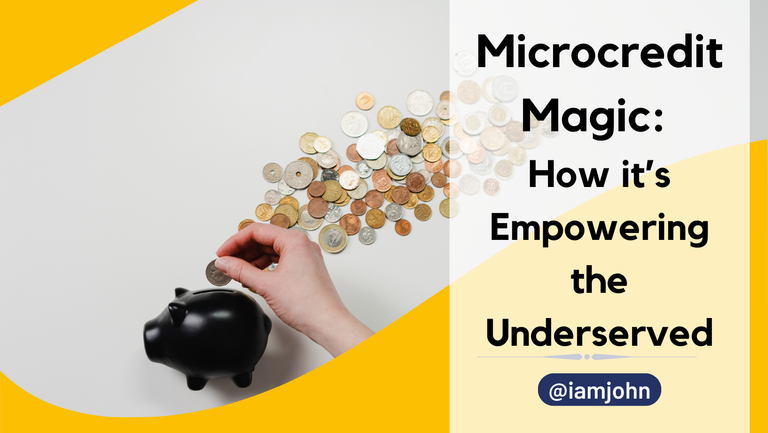How Grameen and BRAC Banks Transformed Destinies in Underdeveloped Countries.
Microcredit has undeniably played a transformative role in underdeveloped countries, providing access to financial services for those who were previously excluded from traditional banking systems.
Believe it or not, I have witnessed the real change over the years. Especially from 1990 to 2010, it made a huge impact in underdeveloped countries until different FinTechs and alternatives came to the market.
Two notable examples are the Grameen Bank and BRAC Bank, both originating in Bangladesh but with operations extending across different countries.
Let's discuss how they changed the money game and helped eliminate poverty across the globe.

made with Canva
Founded in 1983 by Nobel laureate Muhammad Yunus in Bangladesh, the Grameen Bank pioneered the concept of microcredit. It began by lending small amounts of money to impoverished individuals, predominantly women, to help them start small businesses and lift themselves out of poverty.
Note that people who never handled even 500 takas ($5) those days, got to take micro credit up to 10,000 takas ($100) for small businesses, house repair, cattle raring, and more.
By 2020, it claimed to have served over 9 million borrowers, 97% of whom were women. As a result, many women who received microloans became entrepreneurs, contributing to their families' economic well-being and empowering women in traditionally male-dominated societies.
It brought a huge social-economic change in nations. And this bank's direct effect was reducing the hardships endured by women due to abuse!
The Grameen model inspired microcredit institutions globally. For example, the Grameen Foundation USA collaborates with other organizations worldwide to replicate the success of microcredit programs.
BRAC Bank has played a pivotal role in providing microcredit and other financial services in Bangladesh. BRAC itself has expanded its operations to several countries, serving millions of people across Asia and Africa because of its success in eliminating poverty and empowering marginalized communities.
BRAC fostered different entrepreneurship programs for those who took micro-credit loans, creating job opportunities and contributing to local economic development.
BRAC Bank operates in several African countries, including Uganda, Tanzania, Liberia, Sierra Leone, and South Sudan. These programs aim to provide financial services, education, and livelihood support to marginalized communities in Africa.
It's clear that micro-credit works as a blessing to the marginalized people in underdeveloped countries. These banks are called the banks for the Poor in my country, in a good way. People came out of poverty, not because of the government initiative in the first place but because of microcredit. Yes, it's hard to believe but this is what it is.
But sure, there are some risks and drawbacks of this system. While microcredit has indeed been a game-changer in underdeveloped countries, it's essential to note that its success also depends on effective implementation, training, and support systems.
Moreover, recent debates have arisen regarding the impact of microcredit on borrowers, emphasizing the need for responsible lending practices. And I believe, there is a power in this micro-credit system that can make a huge change in the economic culture of underdeveloped nations.
Nevertheless, when implemented thoughtfully, microcredit can be a powerful tool for positive change in these regions.
Thanks.`
Posted Using LeoFinance Alpha